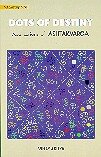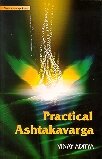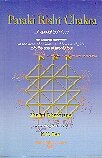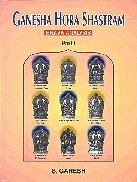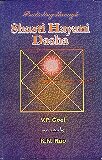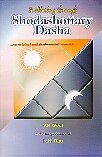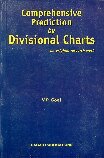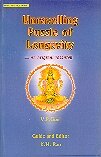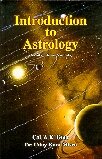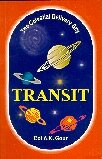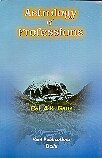This is a comprehensive survey of longevity in the natal chart, seen from a variety of perspectives. The book opens with general rules: Planets in the various houses & signs give various results, long or short. Goel summarizes.
We then get into a more serious analysis, where the chart as a whole is analyzed for longevity. Houses, planets, divisional charts, etc. We look at the Jaimini method, as well as PAM. Which is an acronym for
- Poorn Ahu (100 years)
- Alpa Ayu (33 years), and,
- Madhya Ayu (66 years)
Which leads us to a chapter on strictly mathematical models. Which is Ayurdaya, which comprises a number of fairly straightforward calculations that result in a specific Final Day of life. The old Matrix Vedic program would produce five different calculations, each different, each of which gave a specific number of years, months & days of life. (The program NEVER gave a calendar date per se. This was so as to not shock the recipient. To learn that one would die at the age of 45 years, 6 months & three days was psychologically not at all the same as dying on January 23, 1987, even if that was the exact day specified.)
The old Matrix program gave the results of the Jaimini, Amsayurdaya, Pindayurdaya & Nisargayurdaya calculations. I used to have mine but lost them. I've already outlived a couple of them. I am looking at my daughter's, which range from 88 to 42. Helpfully (?!), the program then averages the results, to give an average life of 69-some years. Which is completely silly.
The Hellenistic revival has since uncovered the Greek version, which starts with the hyleg, which is used to determines the Alcohoden, which produces the length of life in years. Not quite as precise, but, according to my sources, quite possibly accurate. See it, learn it, here: Judgments of Nativities, by Abu'Ali Al-Khayyat.
Note that in both the Vedic, as well as the Greek methods, calculation is based on arbitrary rules which have little, if anything, to do with the rest of the chart. In other words, none of the usual forecasting methods are used. In the Greek system, the most favorable of the various rulers of the hyleg is selected to be the Alcohoden. It then is assigned years based on being in angular (1, 4, 7, 10), succeedent (2, 5, 8, 11) or cadent (3, 6, 9, 12) houses, which is further modified by tight aspects from other planets. Vedic methods are more complicated but, in the end, not far different.
In the chapter on Mathematics, the author gives the classical formulas, and then gets down to an example, using the same chart. In one method, the calculation was for 74 years. In another, the same life was calculated to 98 years. In a third, 50 years. In still another, a little less than 45 years. The actual life was 84 years. The conclusion, that classical methods do not work, is unstated, though obvious.
Which makes me unhappy. None of these methods can simply be taken off the shelf and used, without modification. Death, in fact, does not avail itself of simple mathematics. Vedic methods, like the Greek method, need to be adapted to the specific chart, based on the astrologer's acquired skills in making this specific calculation. This Mr. Goel does not wish to do, his reasons are not clear.
Part 1 continues with more aphorisms, and dashas.
In Part 2 we start all over, with a new analysis. In it are 100 cases, where date, time & place of birth are given, along with the date of death, as well as the key factors from the D3, D9 (Navamsa) and D12 divisional charts. Ten of these nativities are then selected for further analysis. Which seems to focus on determining the "killing aspect" on the one hand, and, on the other, which of the three periods of PAM (short - medium - long) applied to the native.
A small book that will repay study.


